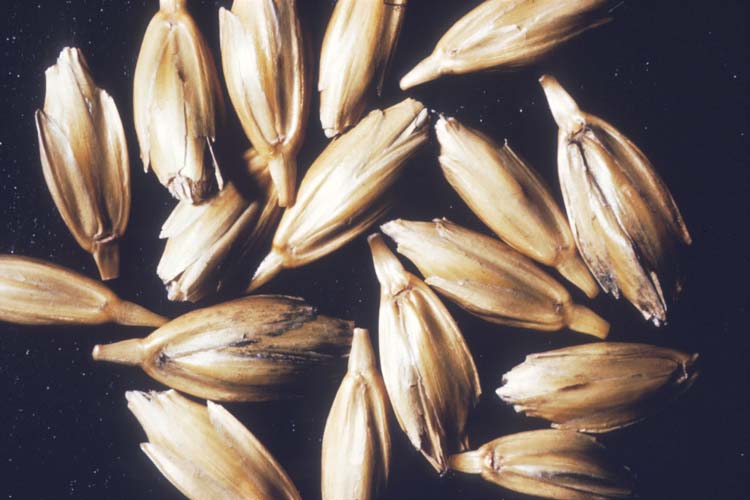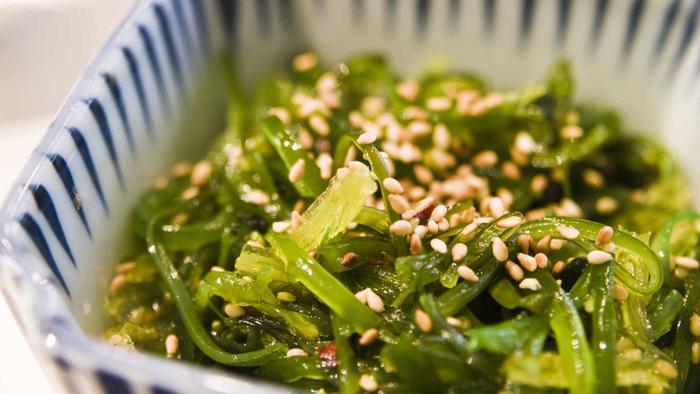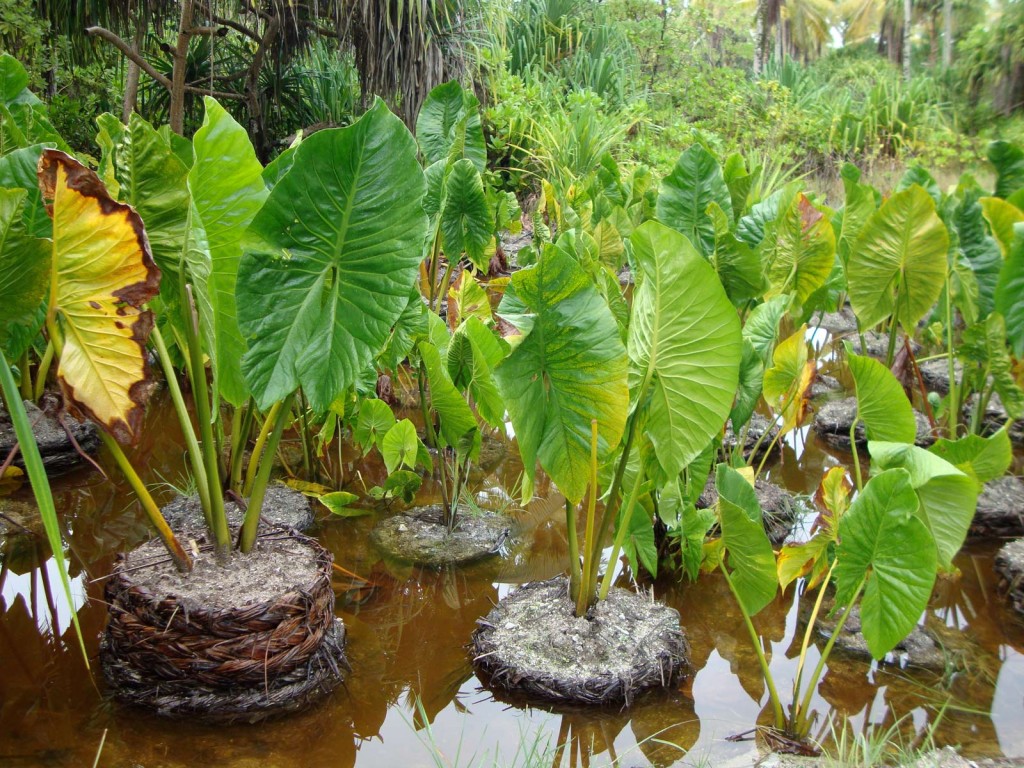Picture this: you’re watching a holographic movie with your cyber dog at your feet and your stomach starts to grumble. You open your fridge, but you don’t find your typical guac. Instead you reach for a bowl of slimy, green seaweed. This is normal.
With the environment ever-changing and the population ever-growing, we will be forced to look to different resources for food in fifteen years. Some future food options might seem a little shocking. FOOD: Our Global Kitchen, the most recent spotlight exhibit at the National Geographic Museum, discusses what has been eaten for thousands of years and what will be eaten in the years to come.
Emmer Wheat

Photo courtesy of umn.edu
Sure, gluten free is a great option, but what if you could avoid the negative consequences of too much gluten while still enjoying your favorite pastries? Emmer wheat is a strong contender for a food of the future because of its high health benefits and ability to self-cultivate. This lighter grain can be used in any baked good and contains plenty of antioxidants. In the not-so-distant future, you could be growing some emmer wheat on your eco-friendly green roof, then using it to bake your own antioxidant banana bread. Talk about hipster.
Algae

Photo courtesy of ask.com
If you’re hosting a holiday party fifteen years from now, you could impress your guests by flavoring that soup appetizer with a little algae, grown on the surface of the pond in your own backyard. Rich in potassium, iron, zinc and calcium, brown algae is a soon-to-be super food. Although it looks slightly unattractive (debatably repulsive), this seaweed-like plant has been linked to curing cancers.
You can sauté it like kale, bake it into chips, or even seep it into tea to get all the nutritional benefits. Who knows, maybe brown algae tea will be the go-to drink at Starbucks in fifteen years.
Giant Swamp Taro

Photo courtesy of wikipedia.org
Not only does it look like something from the land of Prometheus, Swamp Taro is also extremely toxic before cooked and you certainly would not think to make it your go-to ingredient. But don’t let this scare you away. The coarse leaves are spinach-like and the root has a savory, smoky flavor. The plant is also a great source of calcium and carbohydrates. It can even be used for making puddings or pastries after it is cooked and grated. Maybe by 2030 we’ll find packaged Giant Swamp Taro sitting on a supermarket shelf. You might even add it to your next cake recipe.
Want to be ready for the future of food? Check out these other culinary predictions to be the first to know about what’s to come:




